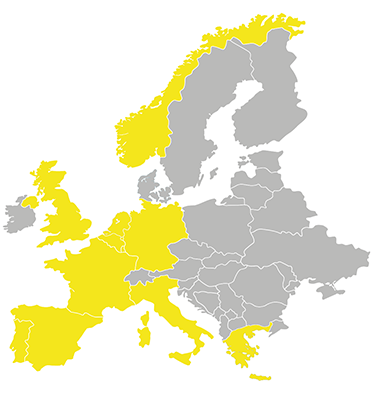„By reusing carbon dioxide, we could reduce our global reliance on fossil hydrocarbons without intensifying climate change. This enables a climate-neutral approach to producing fuels, chemicals, materials and food, which is also increasingly valued by the business world“, says VTT’s Research Professor Juha Lehtonen.
In an economy based on the reuse of carbon, fossil carbon is left in the ground while aboveground carbon, the carbon accumulated in the atmosphere and plants, circulates captured in different products: fuels, chemicals, materials and food. Forests act as both carbon sinks and an important source of renewable carbon. In addition to this, carbon can be captured and utilized from industrial emissions and, as technology advances, eventually from the air, too.
„It can be envisioned that, in the future, there will be more low carbon electricity and almost unlimited amount of atmospheric CO2 available. The biggest barrier to using CO2 are mainly the high production costs related to the supply of low-carbon energy in a world used to low-cost oil. Political decision-makers would now need to make bold decisions relating to low-carbon energy in any case“, says Technology Manager Antti Arasto from VTT.
Carbon capture and utilisation will be one of the most important tools in helping to achieve the climate change mitigation targets determined by the Paris Climate Agreement.




